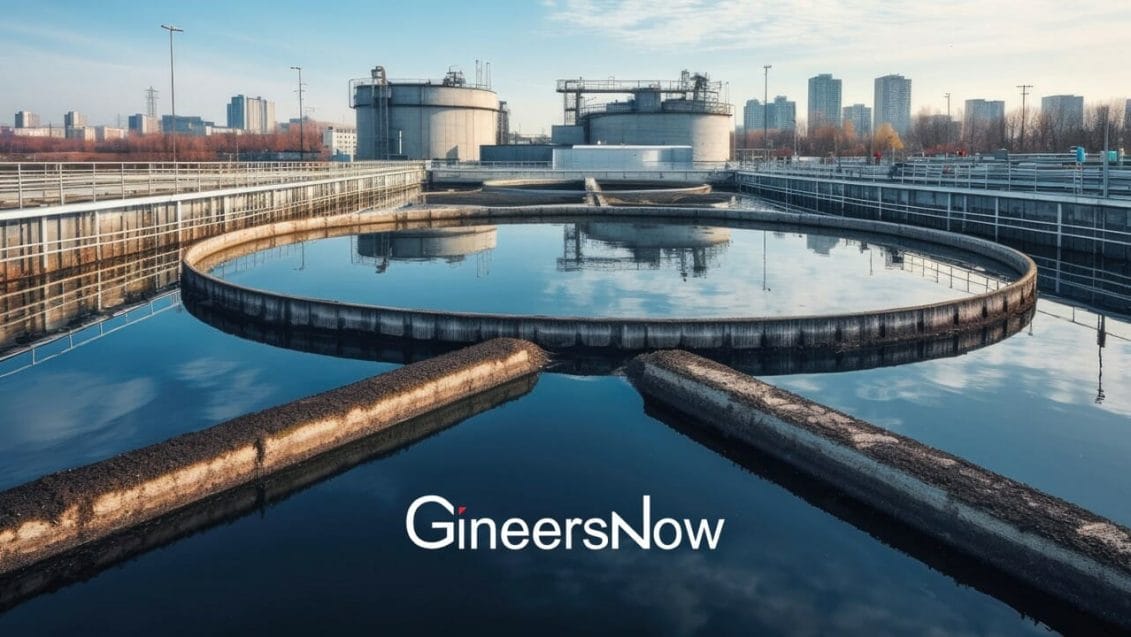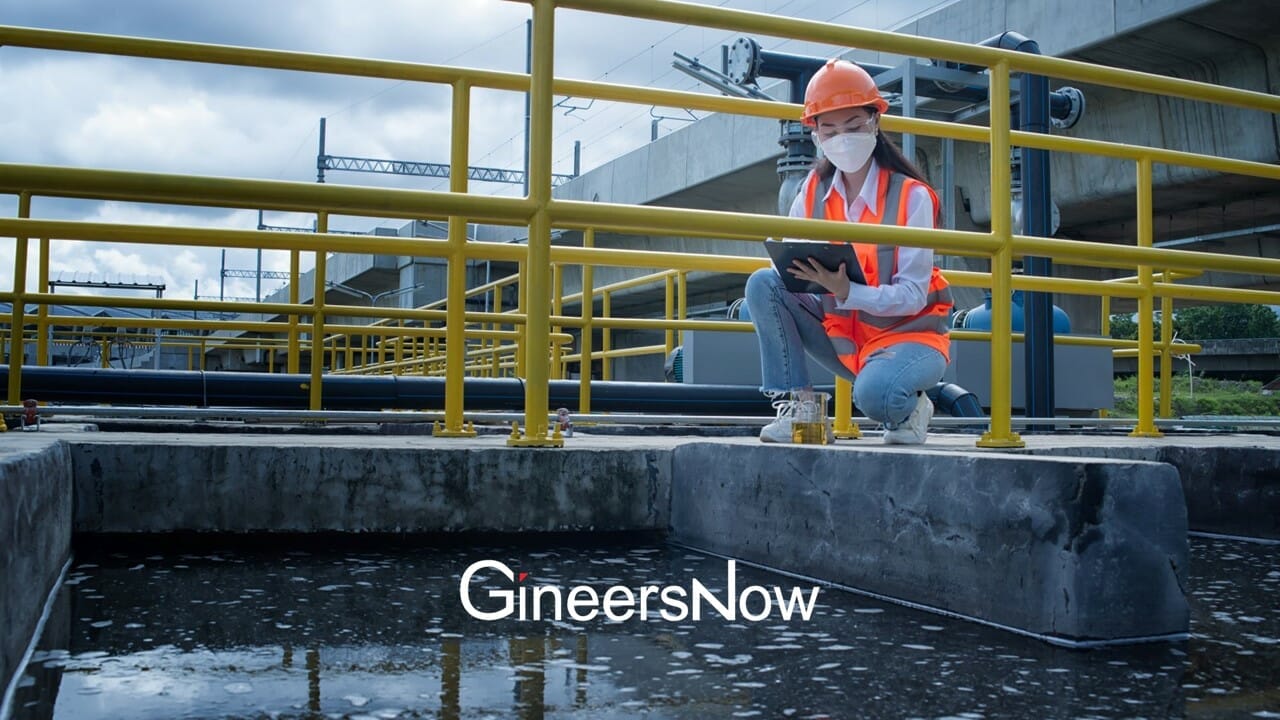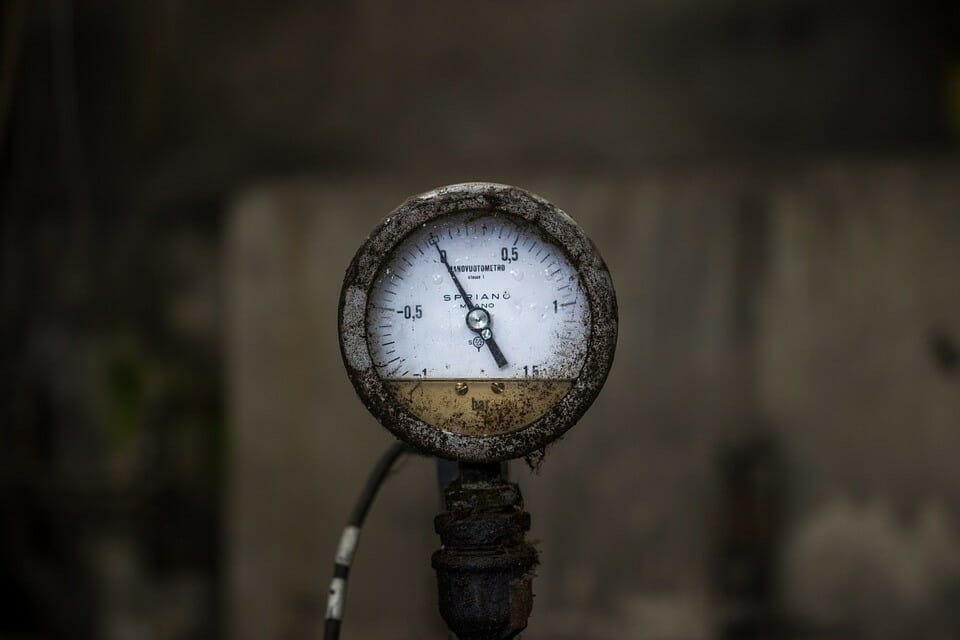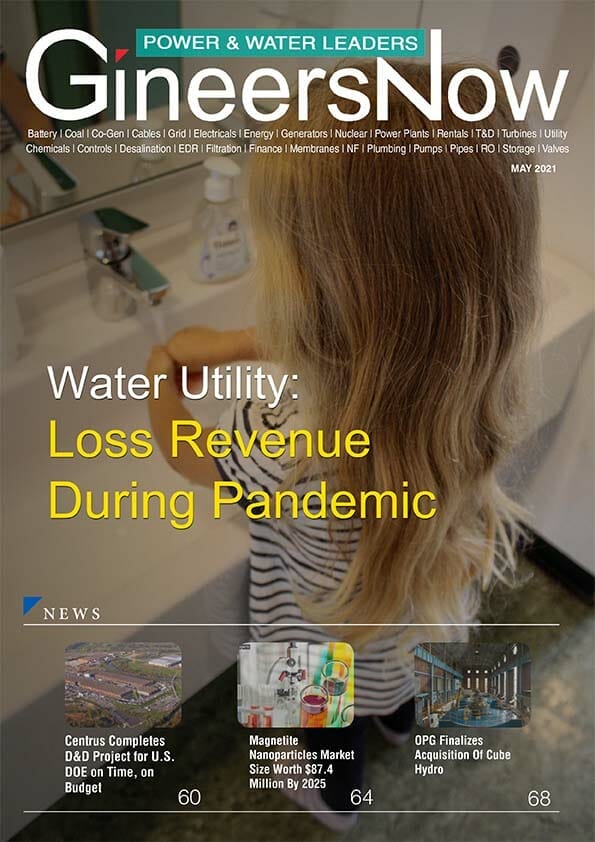Think about agriculture, and water is at the heart of it all. It’s the lifeline for crops, but here’s the catch – our water resources aren’t endless. With changing climates and growing populations, the way we use water in farming needs a serious rethink.
That’s where sustainable water management comes into play. We’re talking smarter, more efficient ways to use water that help farmers and protect our precious water resources. Let’s dive into this world of balancing water efficiency with conservation in agriculture. It’s a crucial dance, and getting the steps right could change the future of farming.
The Current State of Water Usage in Agriculture
In the world of farming, water is king. A lot of agriculture still relies on traditional irrigation methods – think flood irrigation, where fields are literally flooded with water. Sure, it gets the job done, but it’s like using a firehose when you might need a water dropper. A lot of water gets wasted.
Facing the Challenges
Water scarcity is turning into a global headache, and agriculture feels it big time. We’re pulling more water out of rivers and aquifers for crops, but in many places, these sources are drying up. And then there’s the issue of inefficient irrigation. It’s not just about the amount of water used; it’s also about how it’s used. Old-school methods can mean a lot of water doesn’t even reach the plants that need it.
In a nutshell, agriculture is at a crossroads with water use. It’s a juggling act between meeting the demands of growing crops and dealing with limited, often shrinking, water resources. The way forward? It’s about getting smarter with every drop.

Sustainable Water Management Techniques
Let’s talk about some game-changing techniques in agriculture that are making water use smarter and more sustainable.
Drip Irrigation: Precision Watering
First up, drip irrigation. This is like giving each plant its own personal water bottle. Water drips right at the base of the plant, minimizing waste. The result? You use less water, and your plants get exactly what they need. It’s efficient and can lead to healthier crops.
Rainwater Harvesting: Catching Every Drop
Then there’s rainwater harvesting. This is all about catching and storing rainwater when it’s available and using it during drier times. It’s like having a savings account, but for water. This method reduces reliance on external water sources and is great for areas with unpredictable rainfall.
Water Recycling: Reusing the Old to Nourish the New
Water recycling in agriculture is about reusing water wherever possible. Think of it as giving water a second life. This can be as simple as using wastewater from one process for another, like irrigation. It’s a smart way to make the most of every drop.
In a nutshell, these sustainable water management techniques are about doing more with less. They’re key to keeping our crops growing and our water resources flowing, now and in the future.
The Role of Technology in Water Conservation
In the quest to save water in agriculture, technology is stepping up big time. Let’s check out how some high-tech tools are changing the game.
Precision Agriculture: Farming with Accuracy
First off, precision agriculture. This isn’t just farming; it’s farming with laser-like precision. Using GPS and data analytics, farmers can pinpoint exactly where and how much water (and other resources) each part of their field needs. It’s like having a roadmap for resource use, cutting down waste significantly.
Soil Moisture Sensors: The Underground Informants
Then we have soil moisture sensors. These nifty gadgets give real-time info on how wet or dry the soil is. No more guesswork when it comes to water and sludge management. Farmers get alerts when it’s time to water, making sure every drop counts.
Satellite Imagery: The Big Picture from Above
And let’s not forget satellite imagery. This technology gives a bird’s-eye view of the fields, showing which areas are thriving and which need more attention. It helps in planning irrigation more effectively, ensuring water is used where it’s needed most.
Making Smart Decisions
All these technologies mean farmers can make super-informed decisions about water use. They can water the right amount at the right time, boosting crop yields while conserving water. It’s a win-win.
Overcoming Barriers to Adoption
Adopting sustainable water practices in agriculture sounds great, but it’s not always a walk in the park. Let’s talk about the roadblocks and how to clear them.
Money Matters: The Cost Challenge
The biggest hurdle in this space is cost. Advanced irrigation systems and techy tools like moisture sensors can be pricey. For many farmers, especially small-scale ones, that’s a tough pill to swallow. The solution? Government incentives can be a game-changer here. Subsidies, grants, or low-interest loans can make these technologies more accessible.
Knowledge is Power: Spreading the Word
We have to factor in the awareness issue. Not every farmer is clued up on the latest in water-saving tech or practices. This is where education steps in. Workshops, seminars, and even online courses can help spread the knowledge. The more farmers know, the more likely they are to jump on board.
Community Counts: Strength in Numbers
Community initiatives can also play a big role. Local farming groups or cooperatives can pool resources to invest in shared technology. They can also be great platforms for sharing knowledge and experiences.
In short, overcoming these barriers is about making sustainable water practices more affordable, spreading the word, and harnessing the power of the community. With the right strategies, these hurdles can turn into stepping stones towards a more water-wise agricultural world.
Conclusion
Embracing sustainable water practices is crucial for the health of our crops, our environment, and our future. It’s about making every drop count, using technology to our advantage, and overcoming challenges together. Let’s keep pushing for a water-wise world in agriculture!











